Workspace standards: ergonomics and anthropometry
Ergonomics is the science of designing compatible environments and products with users. The word ergonomics is derived from the Greek words "Ergos" meaning "work" and "Nomos" meaning "law", meaning the adaptation of work to individuals through the design of tasks and methods, as well as the adaptation of individuals to work through Proper use of picking the right methods. It should be noted that what is good for one person may not be good for another. Therefore, separate methods must be considered.
Ergonomics and anthropometry
Ergonomics is the science of designing compatible environments and products with users. The word ergonomics is derived from the Greek words "Ergos" meaning "work" and "Nomos" meaning "law", meaning the adaptation of work to individuals through the design of tasks and methods, as well as the adaptation of individuals to work through Proper use of picking the right methods. It should be noted that what is good for one person may not be good for another. Therefore, separate methods must be considered.
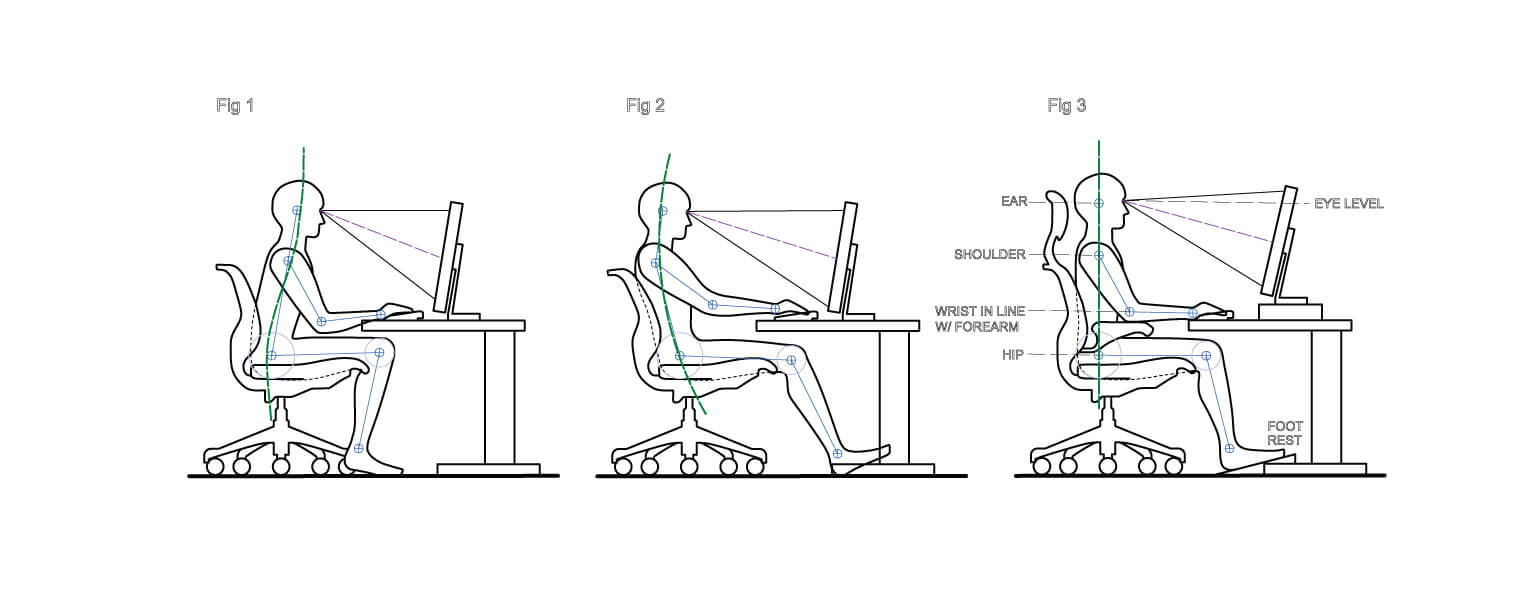
The main subject of ergonomics or human factor engineering is the study of human relations with his work environment with the aim of optimizing his living and working conditions. That is, the characteristics and capabilities of the human organism are studied and researched in order to adapt the work to humans and vice versa. In fact, the main issue of ergonomics, before examining the occurrence of lesions, is the strengthening of comfort and psychological performance.

Pay attention to different dimensions and sizes of people:
Today, people with different physical characteristics are working in the workplace. From the point of view of environmental designers, understanding the dimensions of the body, weight and gender characters is very important in order to adapt the workplace and the type of activity. The important point here is that even people who live in the same age, gender and place can have different dimensions. Anthropometry studies these dimensions and these results are used as a measurement criterion in designs. Anthropometry categorizes these dimensions from 1 to 99 to give us a better understanding of the largest and the smallest person.
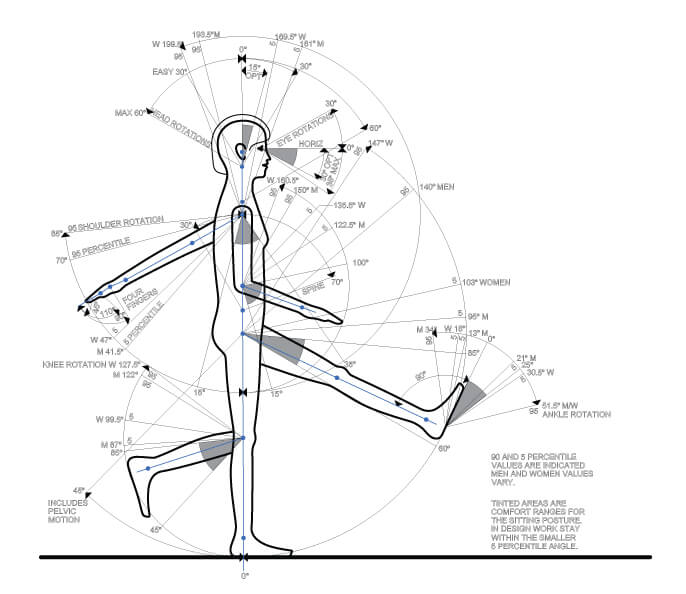
Our designers, as decision makers to determine the conditions of the work environment, primarily pay attention to the concept of anthropometry of the user group of the work space and the required equipment. They pay attention to changing the size of people in the workplace, work stages, work form, work space, work safety and health, and so on.

Accordingly, the design of workspaces is not based on average sizes, because there is no such thing as an average human being. People are different, so there is a wide range of characteristics of people that are not considered a suitable factor for space design. Different employees need a flexible environment to support them. A modular and flexible workspace allows users to modify their environment to some extent according to their needs, which is what environmental designers do.
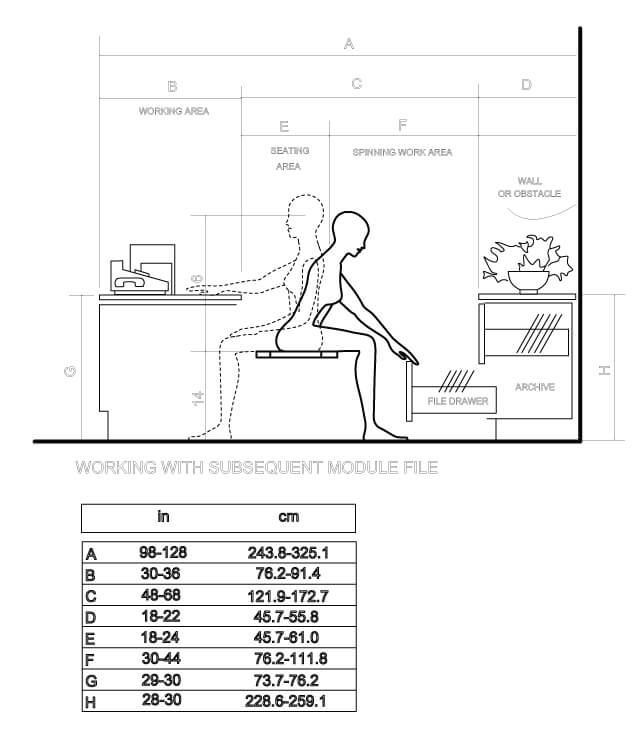
Also, these spaces should be designed in accordance with their equipment and efficiency, ie the equipment and tools used by employees should ensure their working health. Our designers try to design workspaces that are suitable for a wide range of jobs with male and female members.
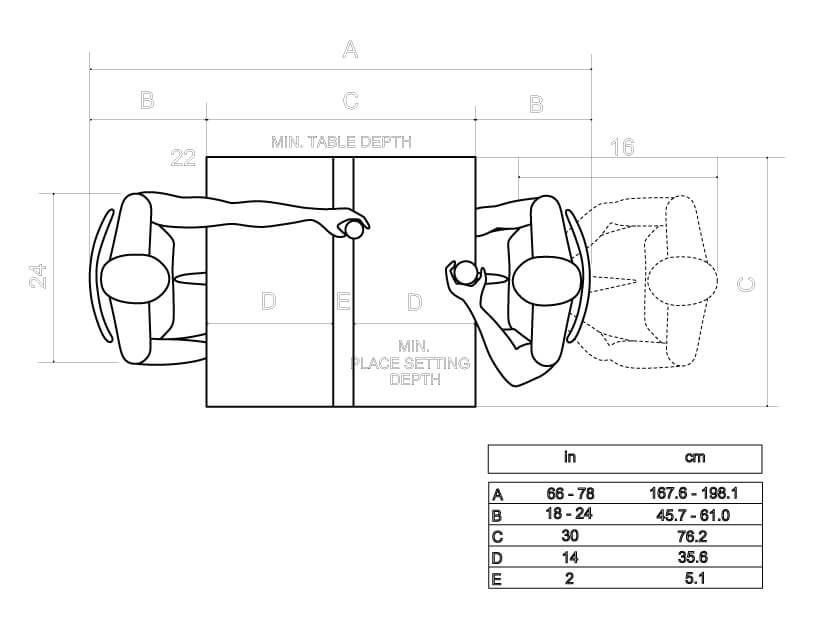
Ergonomics and management of workspaces:
The workflow is designed to reduce extra movement and increase impact. In an individual space, enough space is given to the person and equipment so that he can move easily in it. Private staff areas include offices, counseling rooms and staff corridors. These spaces are designed to facilitate work. Offices with good layout and furniture ensure safety and health at work.
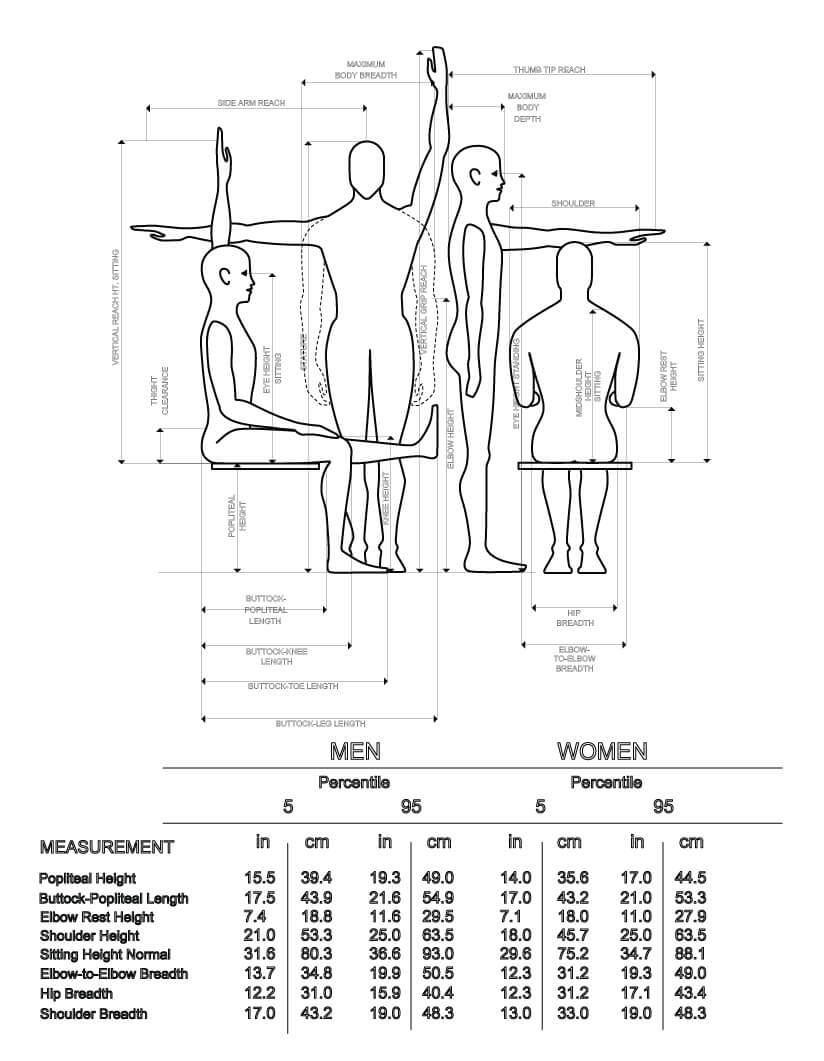
Office ergonomics checklists
• Maintain a proper position, pay full attention to the position of the head, neck, spine, arms, wrists, buttocks.
• Switching between different situations
Position the wrists in a neutral position so that the elbows, wrists, and hands are in a straight line.
Avoid clumsy access to work tools such as telephones, mice, etc.
Avoid placing your elbows, forearms, or wrists on hard surfaces or sharp points
Making changes between work activities that employ different muscle groups.
• Consider lighting suitable for specific tasks
Reduce or eliminate glare by using curtains, spreading them overhead, and using computer screen glare filters.
• Pay attention to other workspaces and their relationship
• Reduce visual and auditory pollution with proper placement of partitions
• Use work equipment and furniture appropriately, to be effective in a working day
• Increase privacy by using partitions
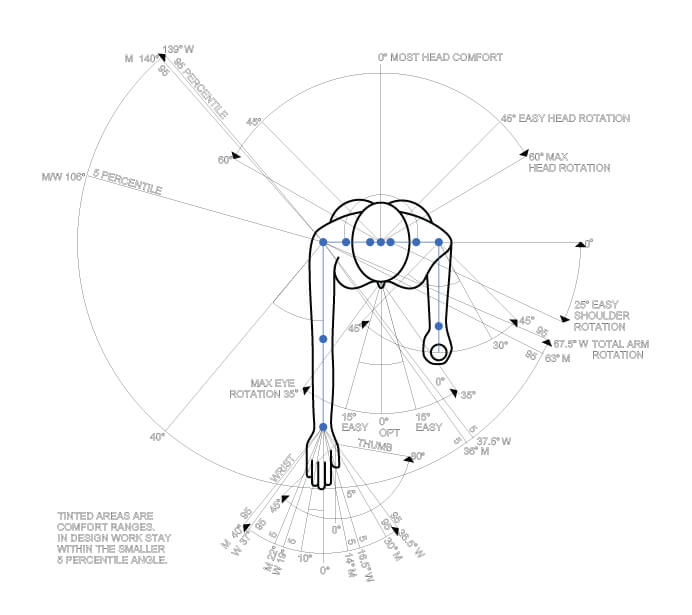
What is shown in the images on this page is the application of organometry considerations in the design and layout of public office space. As shown in the picture, the size of the work-movement range is determined based on the considerations related to the movement of the person in his work range.
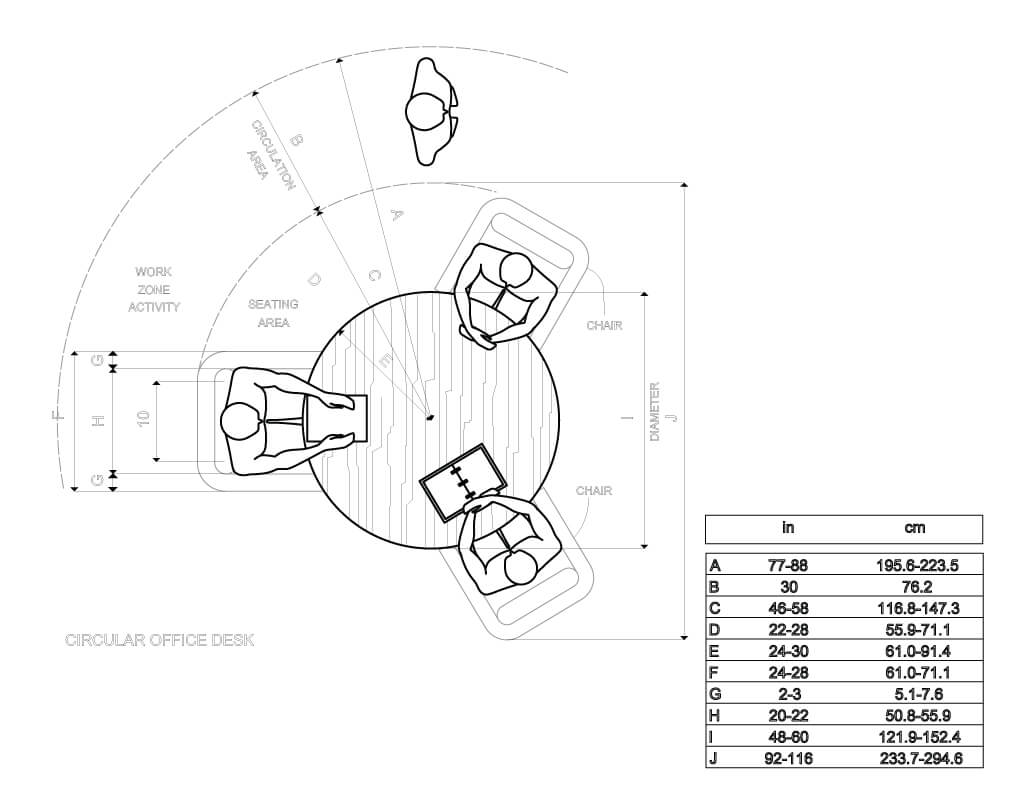
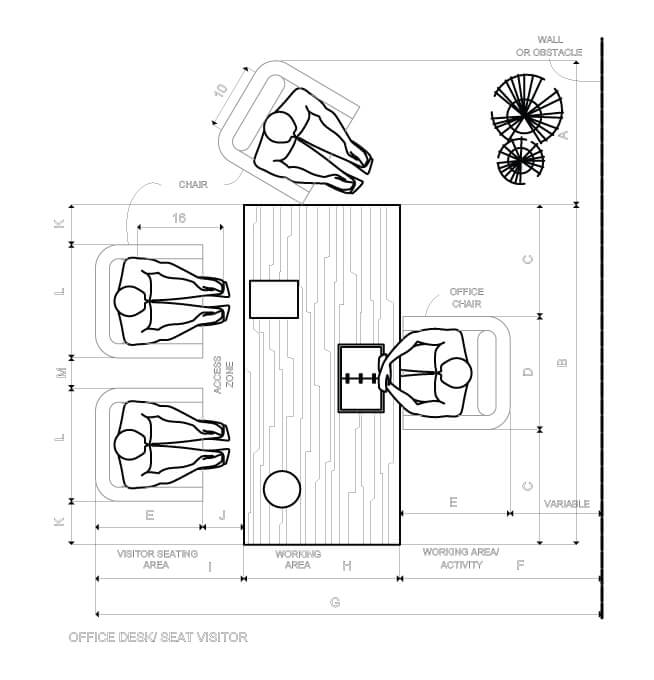
FAQ
Ergonomics is the science of designing compatible environments and products with users. The word ergonomics is derived from the Greek words "Ergos" meaning "work" and "Nomos" meaning "law", meaning the adaptation of work to individuals through the design of tasks and methods, as well as the adaptation of individuals to work through Proper use of picking the right methods. It should be noted that what is good for one person may not be good for another. Therefore, separate methods must be considered.
Today, people with different physical characteristics are working in the workplace. From the point of view of environmental designers, understanding the dimensions of the body, weight and gender characters is very important in order to adapt the workplace and the type of activity. The important point here is that even people who live in the same age, gender and place can have different dimensions. Anthropometry studies these dimensions and these results are used as a measurement criterion in designs. Anthropotry categorizes these dimensions from 1 to 99 to give us a better understanding of the largest and the smallest person.
Accordingly, the design of workspaces is not based on average sizes, because there is no such thing as an average human being. People are different, so there is a wide range of characteristics of people that are not considered a suitable factor for space design. Different employees need a flexible environment to support them. A modular and flexible workspace allows users to modify their environment to some extent according to their needs, which is what environmental designers do.
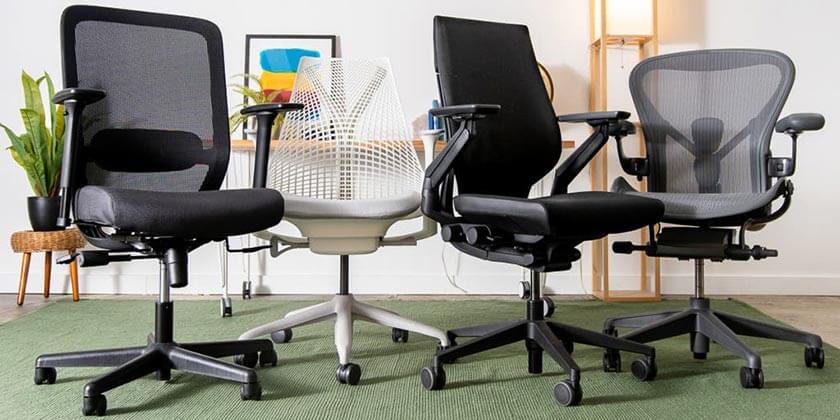

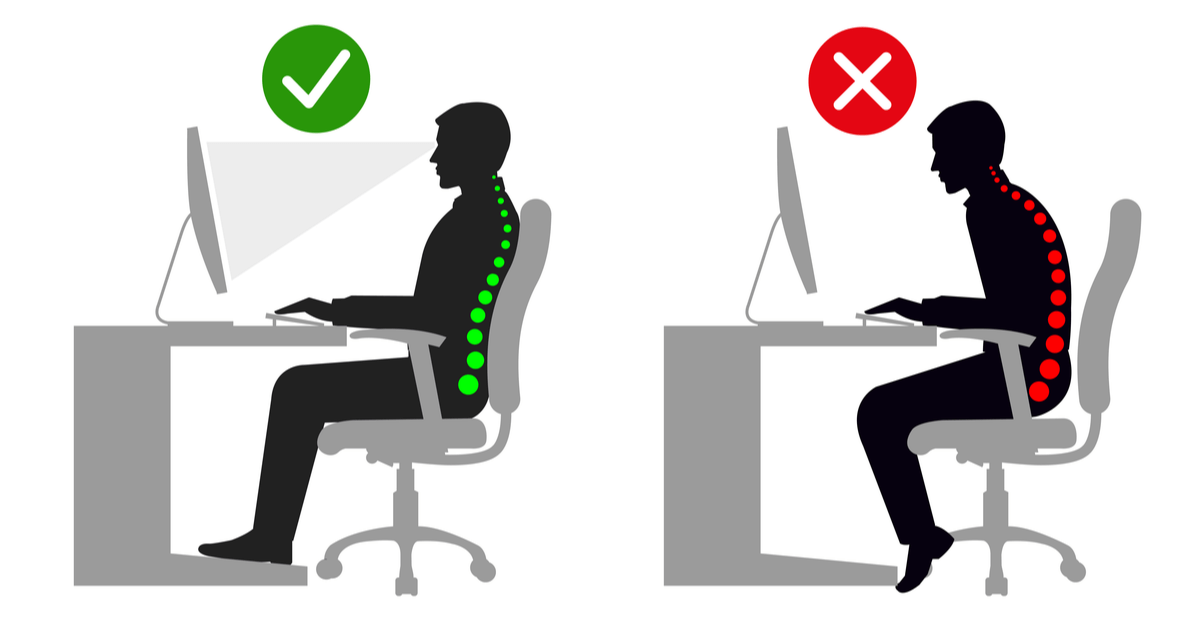
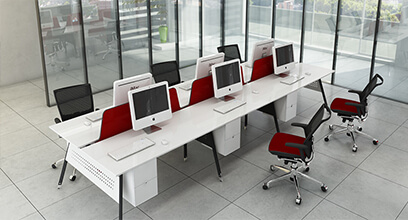
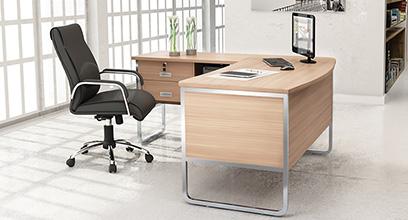
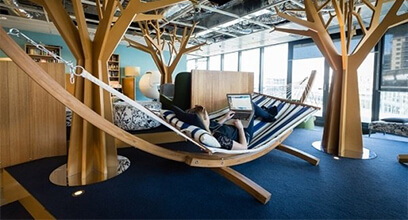
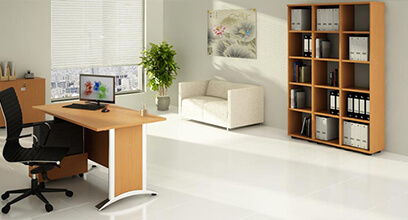
Share